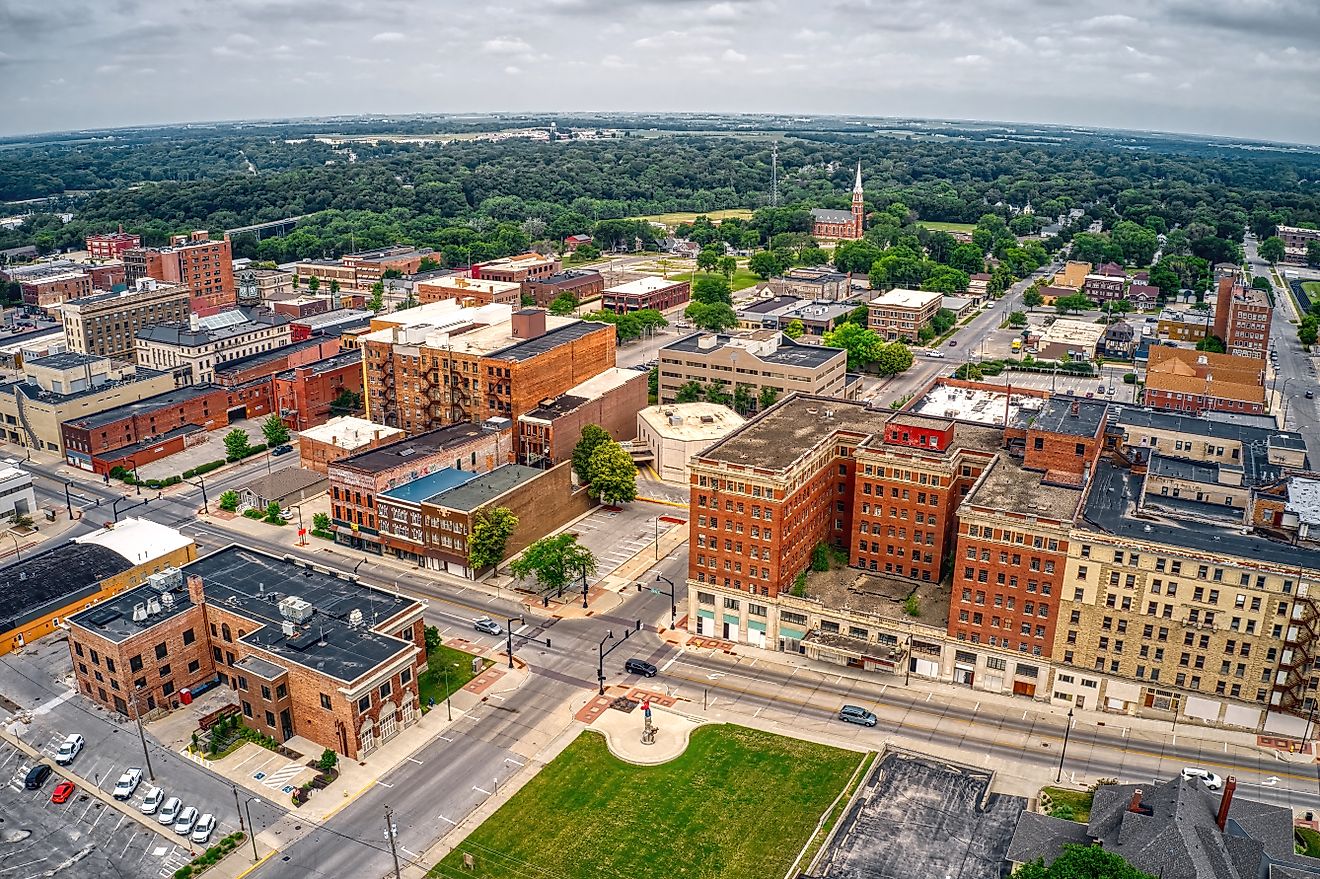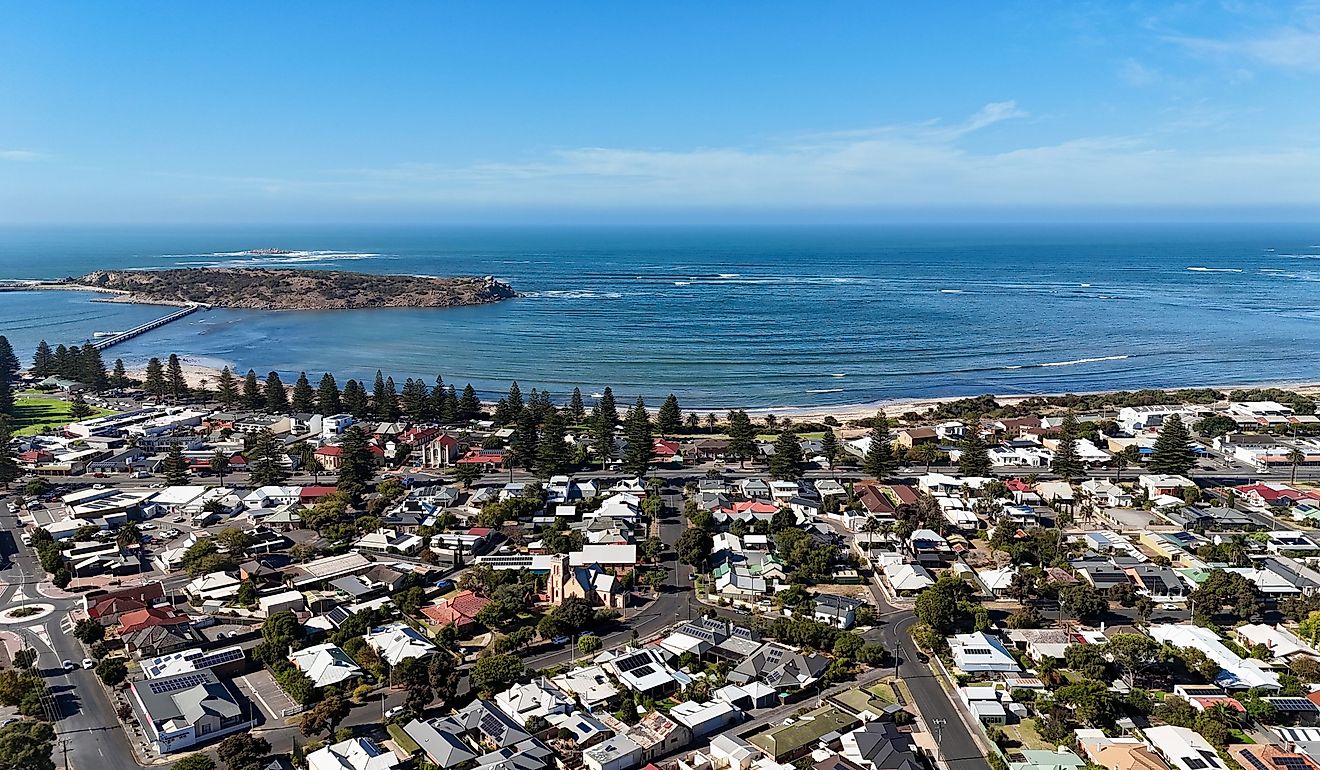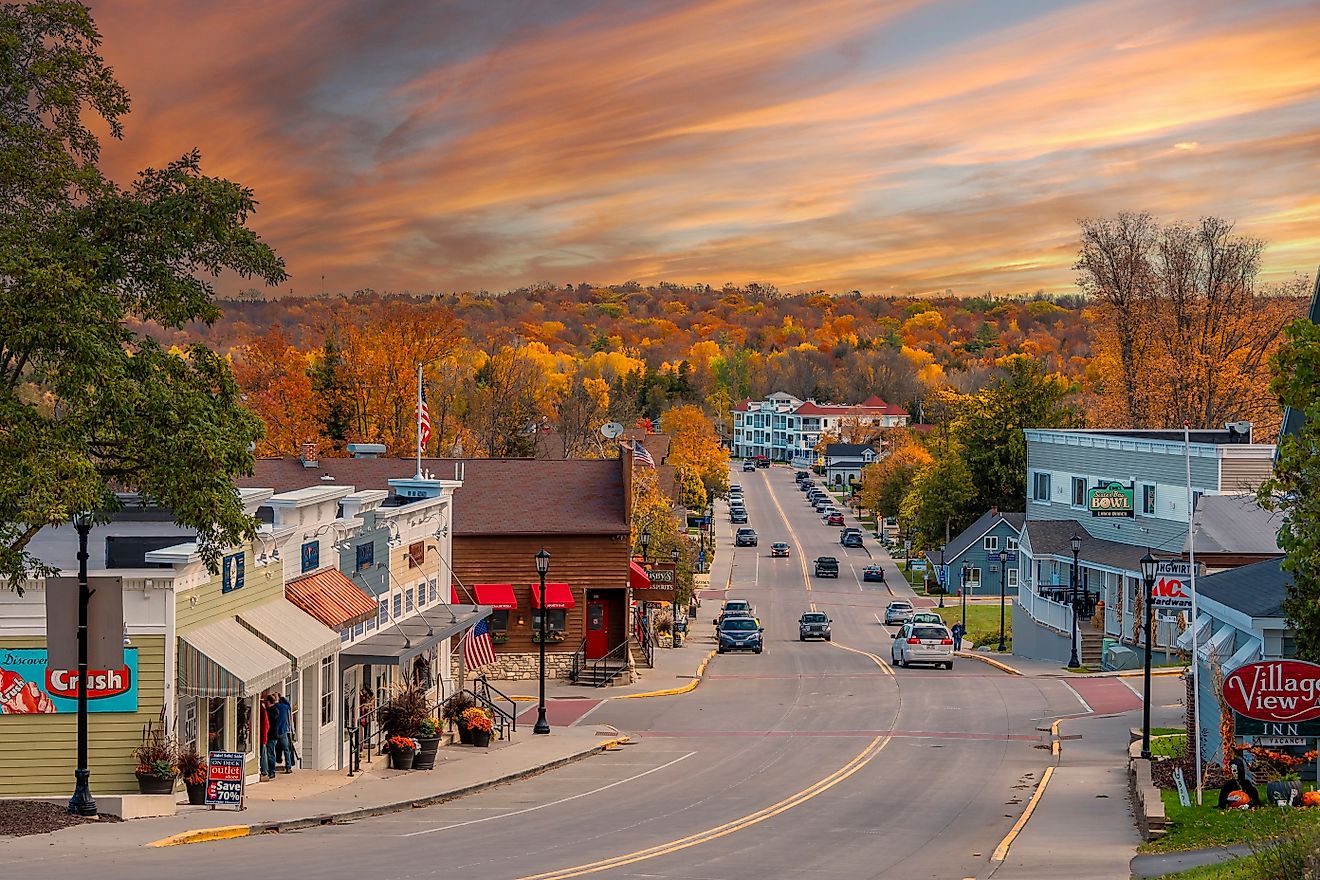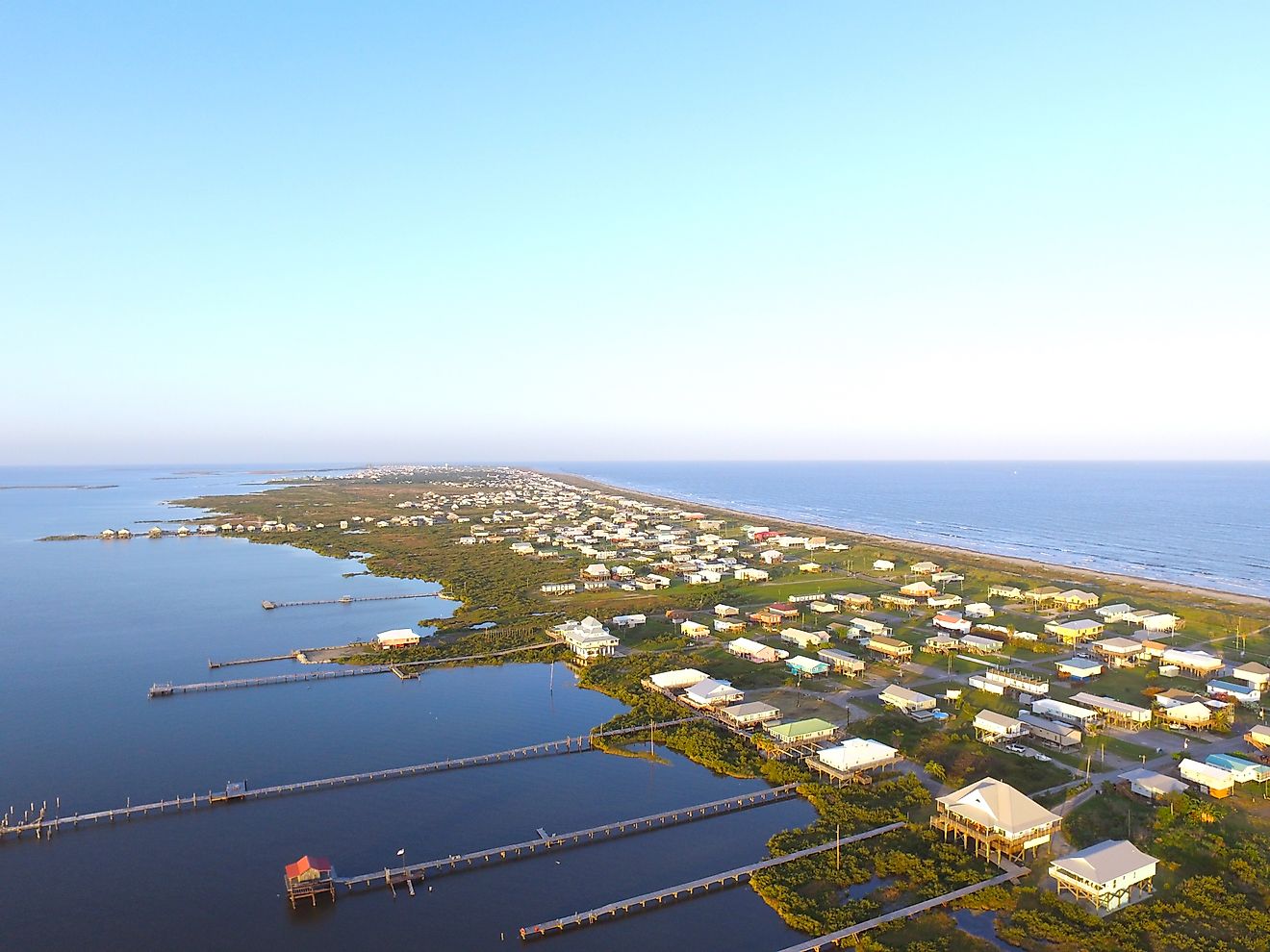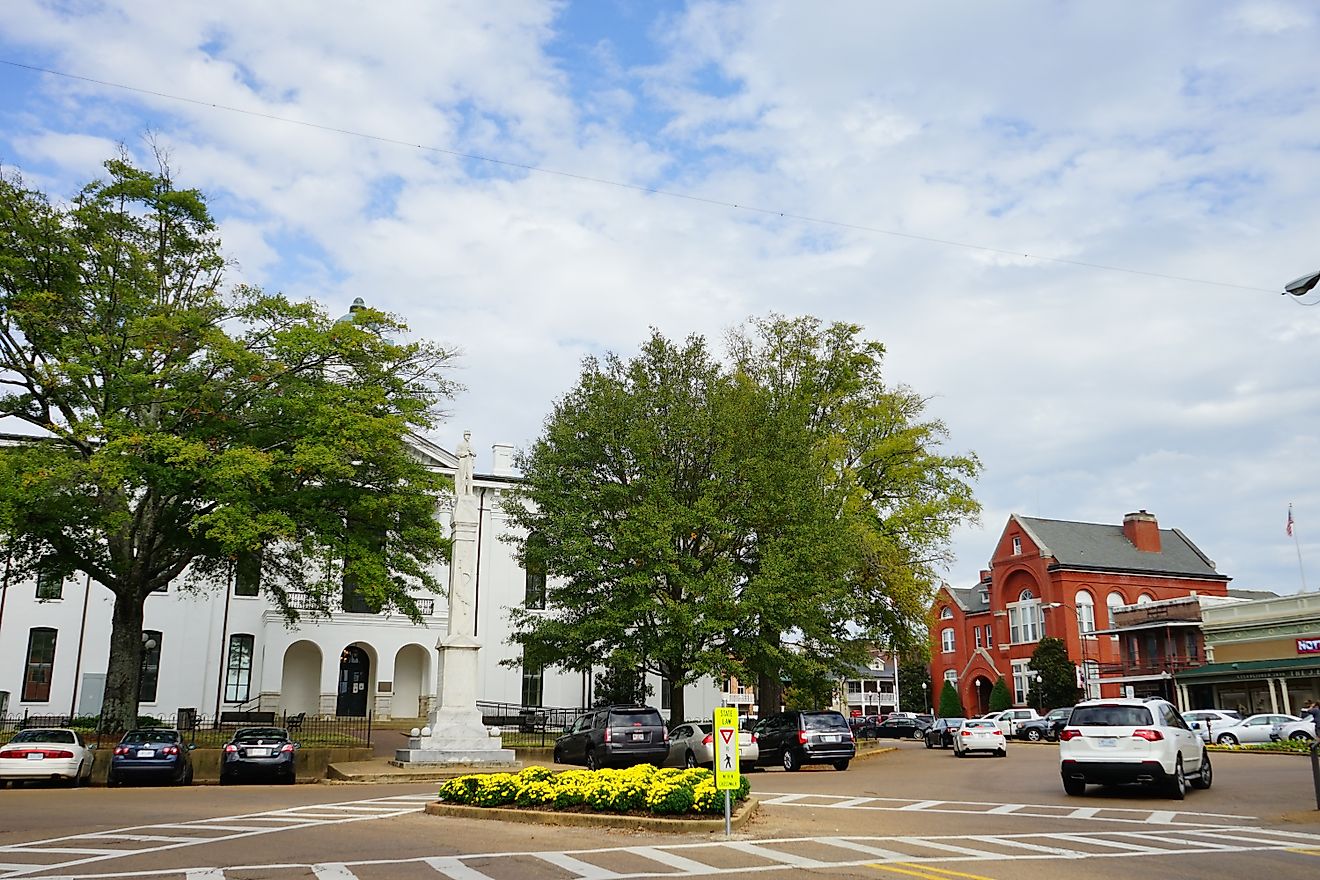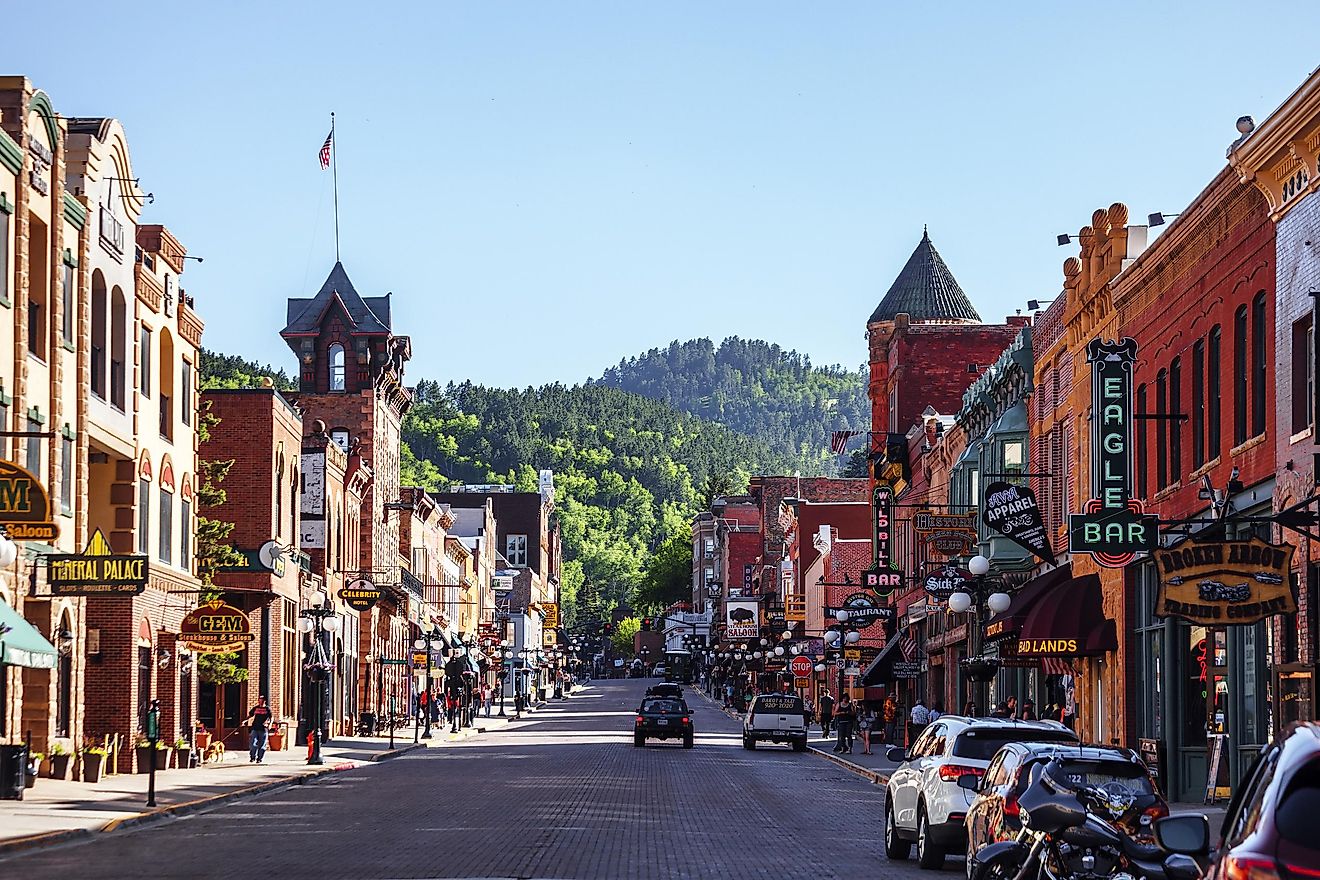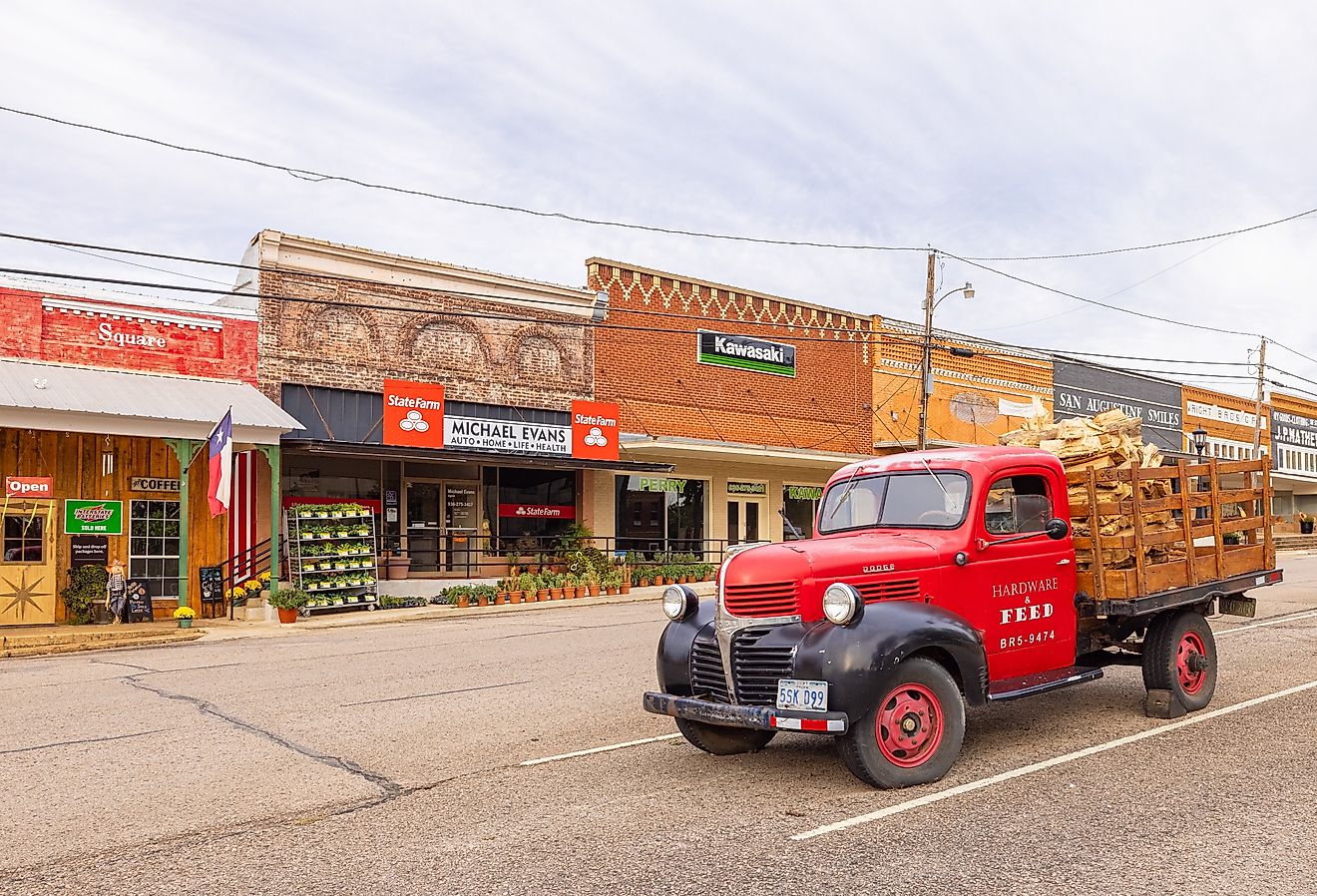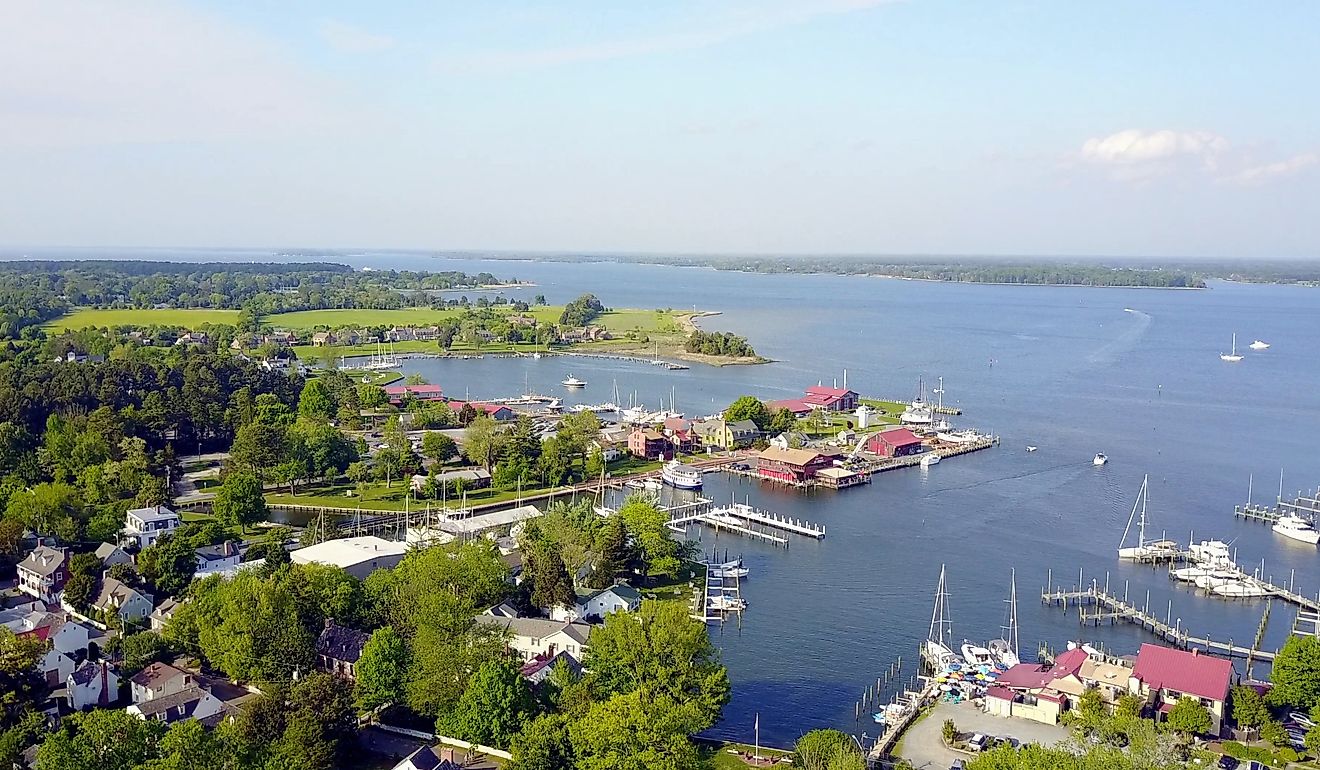
Heard Island And McDonald Islands
Heard and McDonald Islands are a group of isolated, uninhabited sub-Antarctic volcanic islands that are situated in the southern Indian Ocean. The Heard and McDonald Islands are an external territory of the Commonwealth of Australia are located approximately midway between Australia and the continent of South Africa.

Covering a combined area of 372 sq. km, the Heard and McDonald Islands are geographically positioned about 1,630km to the north of the continent of Antarctica; 4,099km to the southwest of the Australian city of Perth; 3,830km to the southeast of Madagascar and 4,200km to the southeast of South Africa. The Heard and McDonald Islands were designated as UNESCO World Heritage Site in 1997.
Contents:
Geography
The Heard and McDonald Islands form the exposed portions of the submarine oceanic Kerguelen Plateau. These islands are the only volcanically active subantarctic islands, with the McDonald Island and the Mawson Peak being the two active sub-Antarctic volcanoes in the entire Australian territory.

With an area of 368sq.km, Heard Island is a large, mountainous island that is covered by numerous snow-covered glaciers. The island measures approximately 40km in length (from east to west) and has a maximum width of 20km at its widest point. The Heard Island is dominated by the active volcanic Big Ben massif. At its summit, Mawson’s Peak rises to an elevation of 2,745m and forms the tallest mountain in the Australian-owned territory. Heard Island also features two volcanic cones namely Mount Dixon and Big Ben, and many small wetlands are found scattered in the coastal areas of the island. Extending for about 10km into the Southern Ocean from the island’s extreme eastern edge is the long “Elephant Spit”. The tip of the spit is referred to as the “Spit Point” while the Spit Bay is situated to the north of this spit.

The Winston Lagoon is located on the southeastern coast of Heard Island and Cape Gazert on the northwestern coast. The Laurens Peninsula forms the northwestern edge of the Heard Island and features the Anzac Peak which rises to an elevation of 715m. The extreme northern edge of the Island and the Laurens Peninsula is formed by the Red Island. The Atlas Cove is situated to the east of the Laurens Peninsula along the island’s northern coast. A small group of rocky islets including the Black Rock, Morgan Island, Shag Islet, and the Sail Rock are located about 10km to the north of Heard Island.

The McDonald Islands archipelago is a group of small, rocky volcanic islands that are situated approximately 44km to the west of Heard Island. The archipelago comprises McDonald Island, Flat Island, and Meyer Rock which collectively occupy an area of 2.5 sq. km. Among these islands, McDonald Island is the largest and covers an area of about 1.13 sq. km. The northern part of the island features a sloping plateau, while the southern part features Maxwell Hill, which rises to an elevation of 230m and is the highest point on McDonald Island. The volcano of the island recently erupted in 2005 and the island has been the main focus of all volcanic activities since then.
Climate
The Heard and McDonald Islands experience an ‘Antarctic climate’, that is highly influenced by its position in the Southern Ocean. The maritime location of the islands leads to low seasonal and daily temperature fluctuations, frequent precipitation, persistent low cloud cover, and strong westerly winds which continuously blow over the islands. The climate on Heard Island is influenced by its mountainous nature and perennial ice cover. The McDonald Islands are however free of permanent ice cover.
Flora And Fauna

The remote Heard and McDonald Islands form a part of the Southern Indian Ocean Island tundra ecoregion. Due to the severe climatic conditions, the floral diversity on the island is restricted to mosses, lichens, and grasses. Several low-growing herbaceous flowering plants and bryophytes form the major vegetation components on these islands. Many vascular plants are also found on the Heard and McDonald Islands.

The main native fauna of the Heard and McDonald Islands include several insects along with large populations of seals, penguins, petrels, albatrosses, and other seabirds. About 19 avian species have been recorded on these islands. The Heard and McDonald Islands serve as crucial breeding sites for various seabirds and have therefore been designated an Important Bird Area by BirdLife International. Many terrestrial invertebrate species like mites, thrips, ticks, spiders, and springtails have been recorded from Heard Island. The islands are free from any introduced species. The intact ecosystem of the islands provides an opportunity to study the ongoing geological and biological processes in an area that is free from all human activities.
Brief History

On November 25, 1853, the Heard Island was first discovered by the American Captain John Heard. The American Captain William McDonald discovered McDonald Island on January 4, 1854. From 1855 to 1880, many sealers had spent few years on the island, living in the harsh climatic conditions. Most of the island’s seal population was completely wiped out during this period. In 1947, the United Kingdom transferred these islands to Australia. The Australian Antarctic Division maintains the islands as a strict nature reserve. The Heard and McDonald Islands were designated as a World Heritage Site in 1997. Along with other Australian World Heritage Sites, the Islands are protected under the Environment Protection and Biodiversity Conservation Act, 1999.

